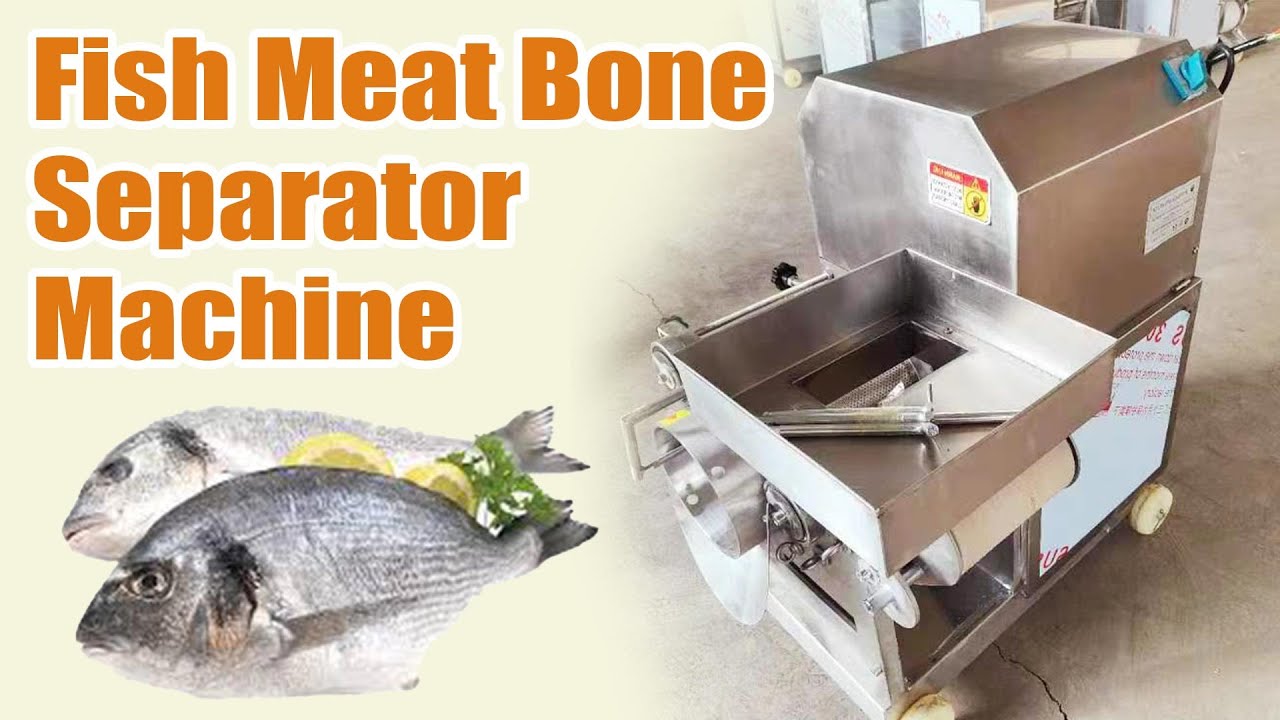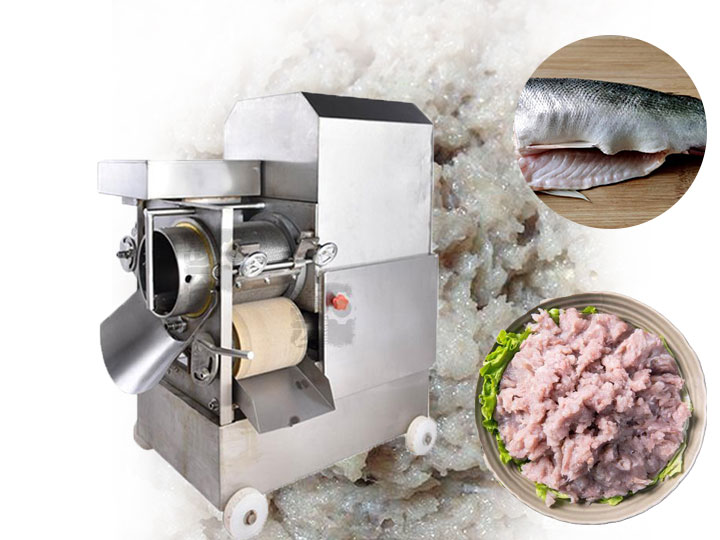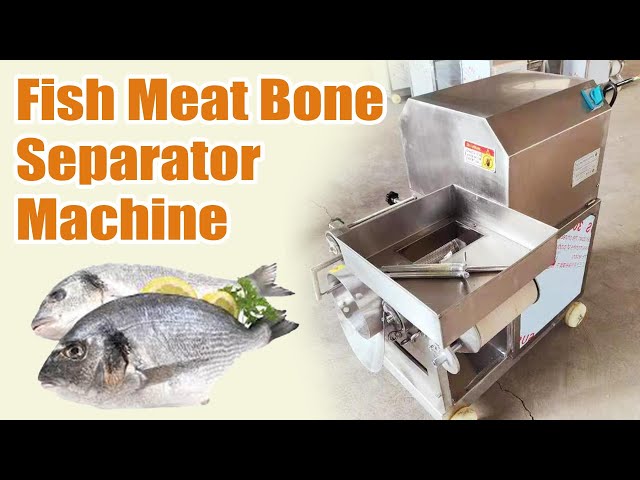10 years of experience as a food machinery equipment manufacturer
10 years of experience as a food machinery equipment manufacturer
The global seafood industry continually seeks innovative solutions to enhance efficiency, reduce waste, and improve product quality. Among the array of processing equipment available, fish meat separators play a crucial role in maximizing the utilization of fish resources. One such piece of equipment, often referred to by model designations like the “300 fish meat separator,” represents a category of machinery designed to efficiently extract fish flesh from bones, skin, and fins, catering to various scales of operation within the processing sector.

A fish meat separator, often termed a deboner, mechanically separates edible fish flesh from inedible parts like bones and skin. The core mechanism typically involves a perforated drum and a flexible pressing belt. Pre-processed fish (e.g., headed and gutted) are fed between the rotating drum and the moving belt. The pressure extrudes the softer fish meat through the drum’s perforations, while harder materials like bones and fins remain outside and are discharged separately. This automated process significantly boosts meat recovery compared to manual deboning and yields a consistent product. The texture of the separated meat can often be controlled by adjusting perforation size or pressure, offering versatility in processing.
The “300 fish meat separator” generally signifies a machine with a processing capacity around 300 kilograms per hour, suitable for small to medium-scale fish processing operations. Key attributes define models in this category.
Construction: These separators are predominantly built from high-grade stainless steel (e.g., SUS304) for hygiene, corrosion resistance, and durability in food processing environments. This robust construction ensures longevity under continuous use.
Operational Design: The common belt-and-drum system is utilized. The “300” model features a precision-perforated drum and a durable, food-grade belt. Adjustments to belt tension and drum speed allow optimization for various fish types and desired meat textures, with some designs minimizing heat buildup.
Efficiency: A primary aim is maximizing pure fish meat yield, often recovering 70-95% of available flesh after initial preparation, depending on species and settings. This high efficiency directly curtails raw material waste.
Usability and Maintenance: Designed for straightforward operation with simple controls, these machines also prioritize ease of cleaning. Key components are typically easy to disassemble for thorough sanitation, crucial for preventing contamination.
Safety: Standard safety features include emergency stops, protective guards, and motor overload protection to ensure operator safety.
The 300 fish meat separator finds utility across diverse segments of the seafood industry, delivering significant operational advantages and enabling new product avenues.
Primary Users Include:
Key Advantages:

Increased Yield & Waste Minimization: It recovers substantially more edible meat than manual methods, especially from smaller or difficult-to-process fish, thereby reducing organic waste. By-products like bones and skin can often be further utilized.
Labor Cost Reduction: Automating deboning drastically cuts down on intensive manual labor, allowing for resource reallocation.
Consistent Product Quality: Mechanical separation yields a more uniform minced fish product in texture and bone content, vital for consistent downstream manufacturing.
Enhanced Throughput: A capacity around 300 kg/hour allows for processing significant volumes, improving overall line efficiency and ability to meet demand.
Versatility: These machines can typically handle various fish species with appropriate setting adjustments.
Optimizing the performance of a 300 fish meat separator involves adherence to certain operational practices for best results.
Pre-Processing Essentials: Quality input impacts output. Fish should be fresh or properly thawed. Key pre-processing includes:
Machine Calibration: Operators must learn to adjust belt tension and drum speed according to the fish type to maximize yield and quality, minimizing bone content and wear.
Cleaning and Sanitation: Meticulous cleaning after each run is paramount. This involves disassembling contact parts for washing and sanitizing as per manufacturer guidelines to ensure food safety.
Routine Maintenance: Regular checks on belt condition, drum perforations, lubrication, and safety mechanisms are vital for longevity and reliable operation.

Selecting an appropriate fish meat separator, like a “300” model, requires careful consideration of several business-specific factors.
Key decision points include:
A thorough assessment ensures the chosen separator becomes an efficient operational asset.
In conclusion, the 300 fish meat separator, and comparable machinery, marks a key technological step in seafood processing. Automating deboning, it offers significant gains in yield, efficiency, and product consistency. For small to medium-sized processors and manufacturers, such equipment can be a transformative investment, enabling better resource use, cost savings, and development of diverse fish products. Its adoption signifies a move towards modernized, optimized operations in a competitive global market. Proper selection and maintenance are crucial to realizing its full benefits.
